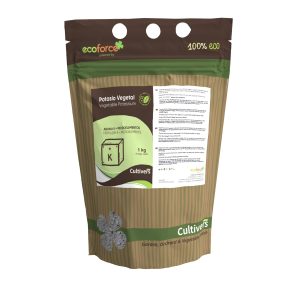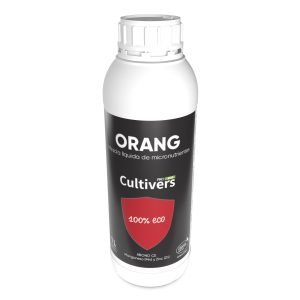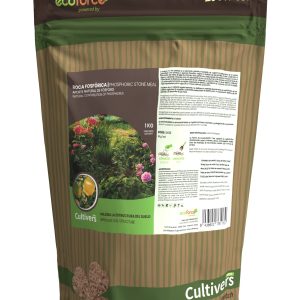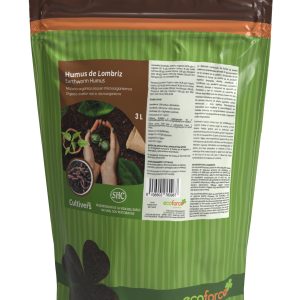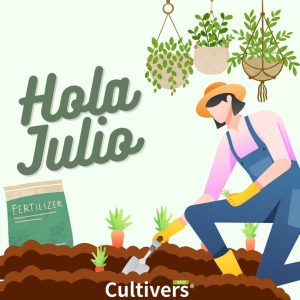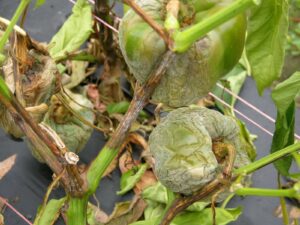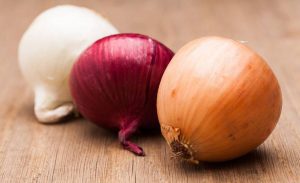In this guide to growing parsley, we will explore all the details of growing parsley. From sowing to harvesting, we’ll give you all the information you need to grow this aromatic herb in either your garden or your vegetable garden. Parsley, with its fresh flavor and culinary value, is a sure bet for you.
Parsley, scientifically called Petroselinum crispum, is an aromatic herb popular in many cuisines around the world. It is known for its green leaves and distinctive flavor.
WHEN AND HOW PARSLEY IS SOWN
Parsley likes well-drained, nutrient-rich soils. It is essential to prepare the soil properly to ensure healthy growth and avoid deficiencies during the life of our crop.

Parsley has 2 seasons for its cultivation, it can be sown in spring or autumn. So we can enjoy this wonderful aromatic throughout the year in our gardens and orchards.
IRRIGATION IN THE PARSLEY CULTIVATION GUIDE
Parsley needs a regular supply of water for its growth, but we must avoid waterlogging, as this will cause the roots to rot. Water parsley regularly and evenly to keep the soil moist.
HOW AND WHEN TO HARVEST PARSLEY
Parsley is ready for harvest when it reaches about 15-20 centimeters in height. You can harvest the outer leaves as they grow to promote continuous growth so you can harvest it for much longer.
To harvest once they have the size we want, it is very simple, cut the leaves with scissors from the base of the plant. Avoid cutting more than a third of the plant to allow continuous growth.
MOST COMMON DISEASES AND PESTS IN PARSLEY GROWING
Parsley can be susceptible to some common diseases and pests, such as:

INSECTS IN PARSLEY CULTIVATION
- Aphids (Aphididae)
- Caterpillars (Lepidoptera)
DISEASES IN PARSLEY CULTIVATION
- Root Rot: Pythium spp.
- Downy mildew: Peronospora spp.
For a good control and maintenance of parsley we must keep the growing area clean to prevent diseases and pests. If necessary, use organic methods to control pests and diseases.
PRODUCTS WE RECOMMEND FOR THIS CROP
-
 Vegetable Potassium CorrectorPrice range: 9.90€ through 44.90€
Vegetable Potassium CorrectorPrice range: 9.90€ through 44.90€ -
 FunrexPrice range: 29.90€ through 71.00€
FunrexPrice range: 29.90€ through 71.00€ -
 OrangPrice range: 9.90€ through 80.40€
OrangPrice range: 9.90€ through 80.40€ -
 Phosphate RockPrice range: 13.90€ through 43.99€
Phosphate RockPrice range: 13.90€ through 43.99€ -
 Agro Cane molasses for plantsPrice range: 15.90€ through 69.99€
Agro Cane molasses for plantsPrice range: 15.90€ through 69.99€ -
 Earthworm HumusPrice range: 8.99€ through 19.90€
Earthworm HumusPrice range: 8.99€ through 19.90€
